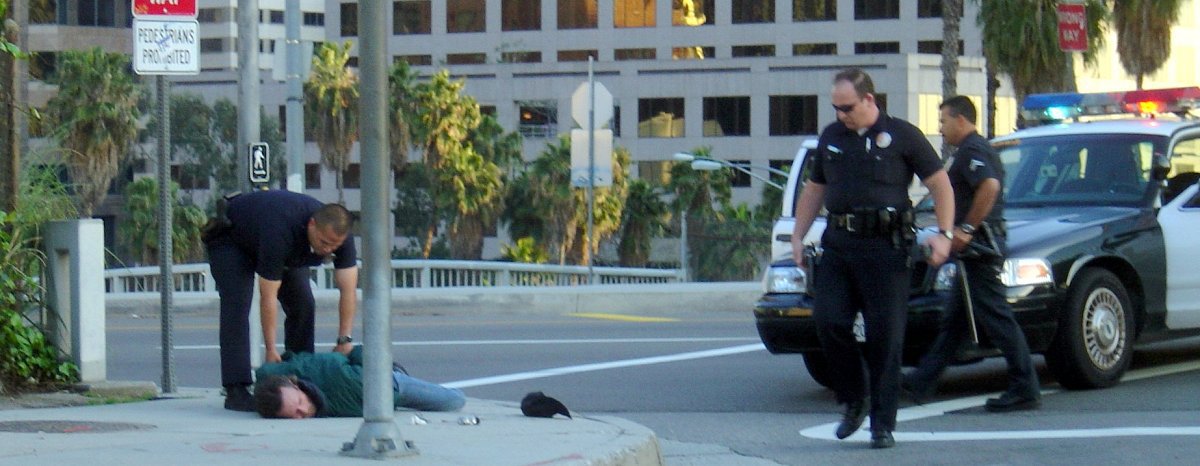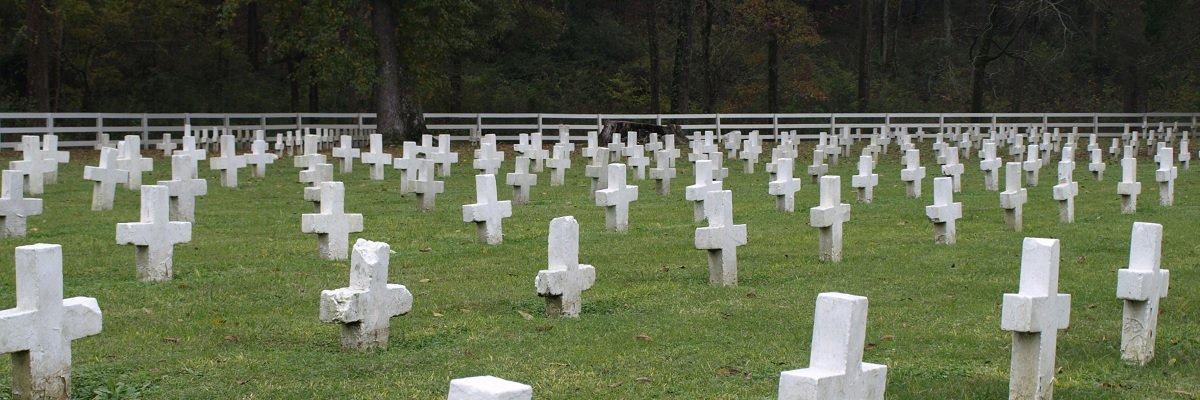In 2014, 679 people died or were killed in California while in law enforcement custody. The data — released to journalist Dave Maass — is recorded by California’s Attorney General according to the California Government Code, Section 12525.

The information, provided for 2013, 2014, and part of 2015, features indications of the agency responsible for the individual at the time of death, race, age, and broad categories of custody offense and “manner of death.” Like many such datasets, numbers and category names don’t do justice to individuals lives, manipulated across a spreadsheet.
Consider that in 2013 and 2014, only one juvenile detention death was recorded each year. In 2013, that death was Rosemary Summers, who landed in juvenile hall after failing to check in with her probation officer. She had been reportedly attending a rally for Trayvon Martin.
It’s easy to want to see the big picture trends, but they aren’t so apparent.
At first glance, more white men in California custody die than any other race.
Taking a “natural cause” of death at face value and removing those individuals from the set, the same remains true, but it also becomes clear that over half of the deaths of Hispanic men occur from something other than natural causes, a higher rate than either black or white men.
Among Hispanic male deaths committed while in the custody of the LAPD, it would appear that seven out of eight of the deaths affected individuals being arrested for assault, leaving allowance for reasonable force by the officers involved.
However, while one of the men killed did lead the LAPD on a gunfight chase, the others were not so well-armed - they had sticks or knives, were homeless or sad and alarming. There is a culture that allows death to be dealt in “self defense.” Of course that demands discussion.
There are many entry points into the data, and each death carries with it an investigation and associated reports. Interested in something in particular? Notice something interesting? Let us know, and we’ll help you gather more.
Image by Malingering via Wikimedia Commons and is licensed under CC BY-SA 2.0

